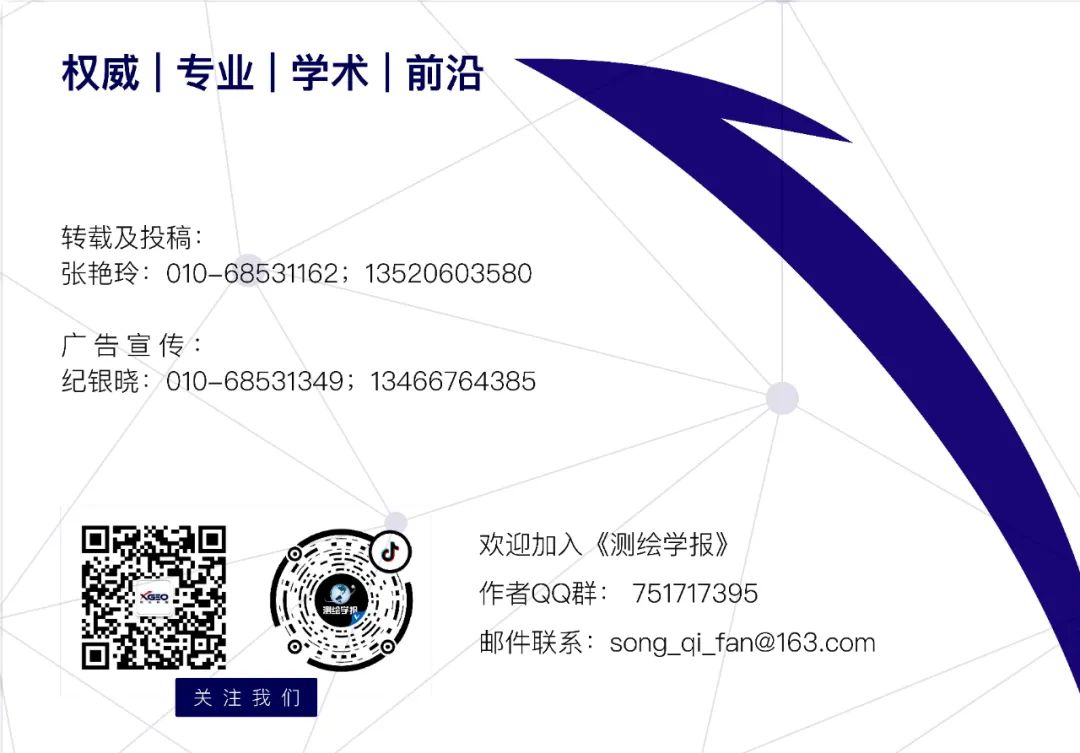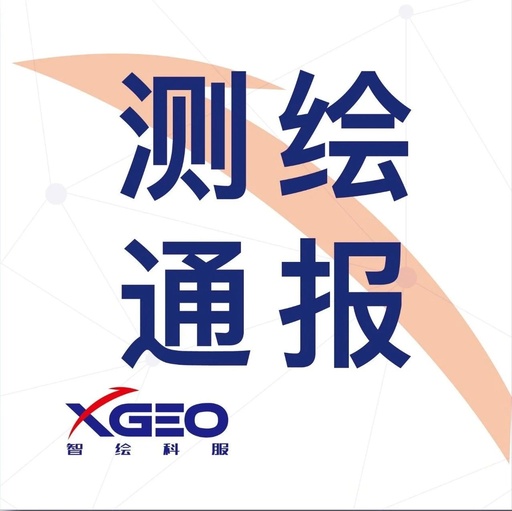This content is sourced from “Surveying and Mapping Bulletin” 2023, Issue 6, Review No.: GS Jing (2023) 1164.
Modeling Surface Reflectance in Near Ultraviolet Using XGBoost
Aoyong1, Li Hongli2,3, Zhang Wenjuan3, Qin Meng2,3
1. College of Land Engineering, Chang’an University, Xi’an, Shaanxi 710054;2. College of Earth Sciences and Resources, Chang’an University, Xi’an, Shaanxi 710054;3. Aerospace Information Research Institute, Chinese Academy of Sciences, Beijing 100094
Funding Project: Funded by the Youth Innovation Promotion Association of the Chinese Academy of Sciences (2019132)
Keywords: Near Ultraviolet, Surface Reflectance Simulation, Machine Learning, XGBoost

 Citation format: Aoyong, Li Hongli, Zhang Wenjuan, et al. Modeling Surface Reflectance in Near Ultraviolet Using XGBoost[J]. Surveying and Mapping Bulletin, 2023(6): 68-74. doi: 10.13474/j.cnki.11-2246.2023.0170.
Citation format: Aoyong, Li Hongli, Zhang Wenjuan, et al. Modeling Surface Reflectance in Near Ultraviolet Using XGBoost[J]. Surveying and Mapping Bulletin, 2023(6): 68-74. doi: 10.13474/j.cnki.11-2246.2023.0170. Abstract
Abstract
Abstract: The ultraviolet spectrum has significant application value in global aurora detection, marine oil spills, atmospheric glow, and other fields. Its surface reflectance characteristics are important background data for research, but existing satellite data resources are limited and difficult to meet application needs. To address this issue, this paper proposes a method for simulating near ultraviolet (350-400 nm) surface reflectance data based on the machine learning XGBoost algorithm. First, multispectral data from Sentinel-2 MSI channels 2, 3, and 4 are selected as the data source, combined with the characteristics of these channels to obtain spectral data of typical ground objects such as vegetation, water bodies, and soil from the USGS spectral library, and equivalently calculated to the corresponding channels. Secondly, correlation analysis is conducted on the data source and the channels to be simulated. The correlation coefficients between Sentinel-2 MSI channels 2, 3, and 4 and the channels to be simulated are all greater than 0.88, indicating that surface reflectance data simulation in near ultraviolet can be conducted based on this data source. Then, based on the equivalently calculated typical ground object spectral dataset, a regression model for near ultraviolet channel surface reflectance is constructed using the XGBoost algorithm. The accuracy analysis results show that the coefficient of determination (R²) for all channel models reaches above 0.91, the root mean square error (RMSE) is less than 0.076, and the mean absolute percentage error (MAPE) is generally within 20%. Moreover, the standard deviation of the aforementioned three accuracy indicators for different sample categories is within the range of 0.0212, indicating high model accuracy and good robustness. Finally, based on Sentinel-2 MSI channel 2, 3, and 4 image data, simulated surface reflectance images at 355, 365, 375, 385, and 395 nm are generated, which effectively reflect the spectral characteristics of ground objects.
Author InformationAuthor Information: Aoyong (1965-), Male, PhD, Associate Professor, research direction in remote sensing science and technology, geographic information systems. E-mail: [email protected]Corresponding Author: Zhang Wenjuan. E-mail: [email protected]Initial Review: Yang RuifangRe-review: Song QifanFinal Review: Jin Jun

Previous Recommendations
Information
○ Wuhan University National Key Laboratory of Surveying and Remote Sensing Information Engineering – Academician Li De-ren | Recommended Articles from “Journal of Surveying (English Version)”
○ Professor Zhang Guangyun from the School of Surveying Science and Technology, Nanjing Tech University: Method for Registration of Point Clouds with Spatial Consistency on the Same Platform | “Journal of Surveying” 2023, Volume 52, Issue 5
○ Notice on forwarding the announcement of the first batch of group standards (first batch) established by the Chinese Society of Surveying and Mapping in 2023 and recommending participation in compiling group standards
○ Invitation to join | New media intern editor for the journal “Navigation, Positioning and Timing”

